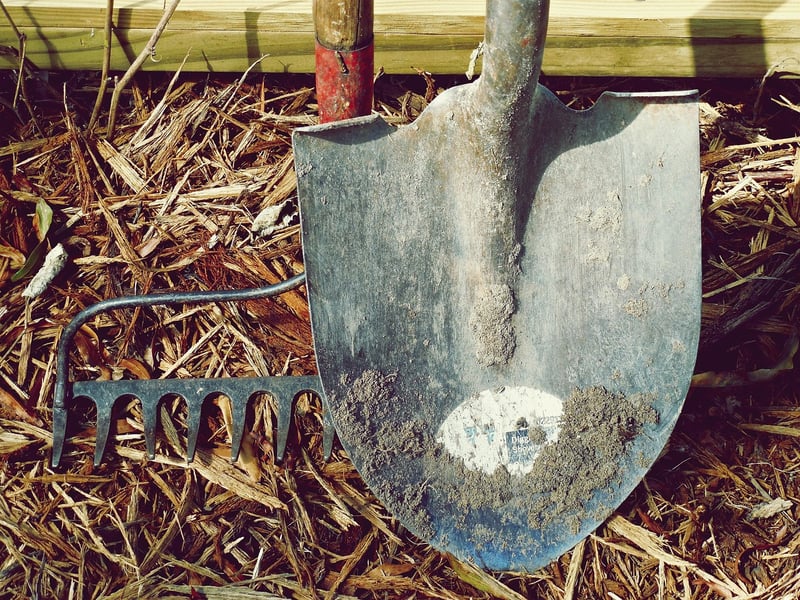Fertilizing Methods
Guidelines for Healthy Plants and Fertilizing Methods
Introduction
Having healthy plants not only adds beauty to your surroundings but also contributes to a cleaner environment. Proper care, including watering and fertilizing, plays a crucial role in maintaining plant health. In this article, we will discuss guidelines for promoting healthy plants and various fertilizing methods to ensure optimal growth.
Guidelines for Healthy Plants
- Choose the right plant for the right location based on sunlight and soil conditions.
- Water plants appropriately, avoiding both overwatering and underwatering.
- Regularly inspect plants for signs of pests or diseases and take prompt action if needed.
- Prune plants to remove dead or diseased parts and promote healthy growth.
- Provide adequate space for plants to grow without overcrowding.
Fertilizing Methods
1. Organic Fertilizers
Organic fertilizers are derived from natural sources and are environmentally friendly. They release nutrients slowly, improving soil structure and promoting beneficial microorganisms.

2. Synthetic Fertilizers
Synthetic fertilizers are chemically formulated and provide a quick nutrient boost to plants. However, they can lead to nutrient imbalances and harm beneficial soil organisms if overused.

3. Slow-Release Fertilizers
Slow-release fertilizers deliver nutrients gradually over an extended period, reducing the risk of nutrient leaching and minimizing the frequency of application.

4. Liquid Fertilizers
Liquid fertilizers are fast-acting and easily absorbed by plants. They are suitable for providing a quick nutrient boost, especially during periods of rapid growth.

Conclusion
By following the guidelines for healthy plants and choosing the right fertilizing methods, you can ensure that your plants thrive and flourish. Remember to monitor your plants regularly and adjust your care routine as needed to promote optimal growth and vitality.
